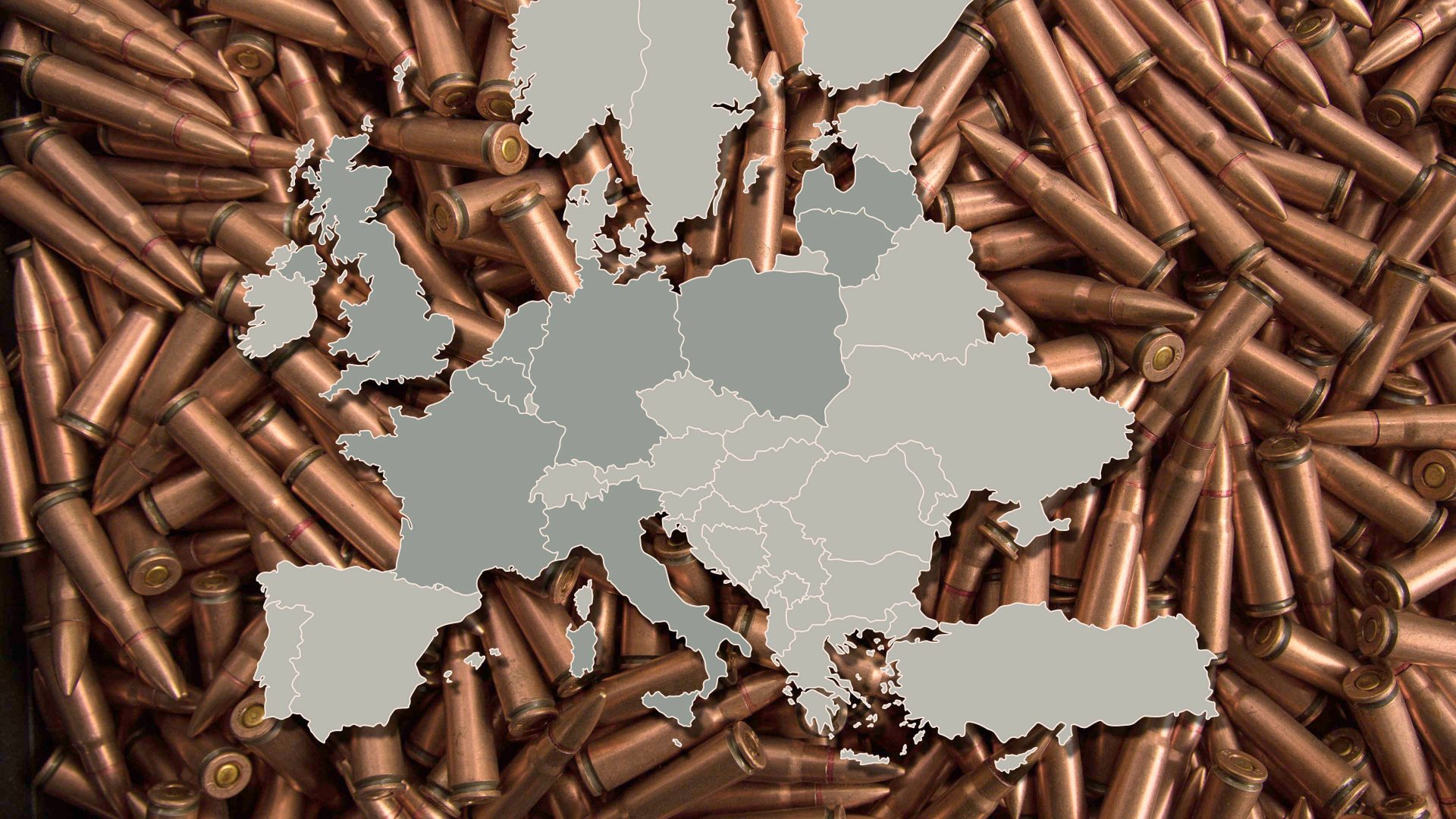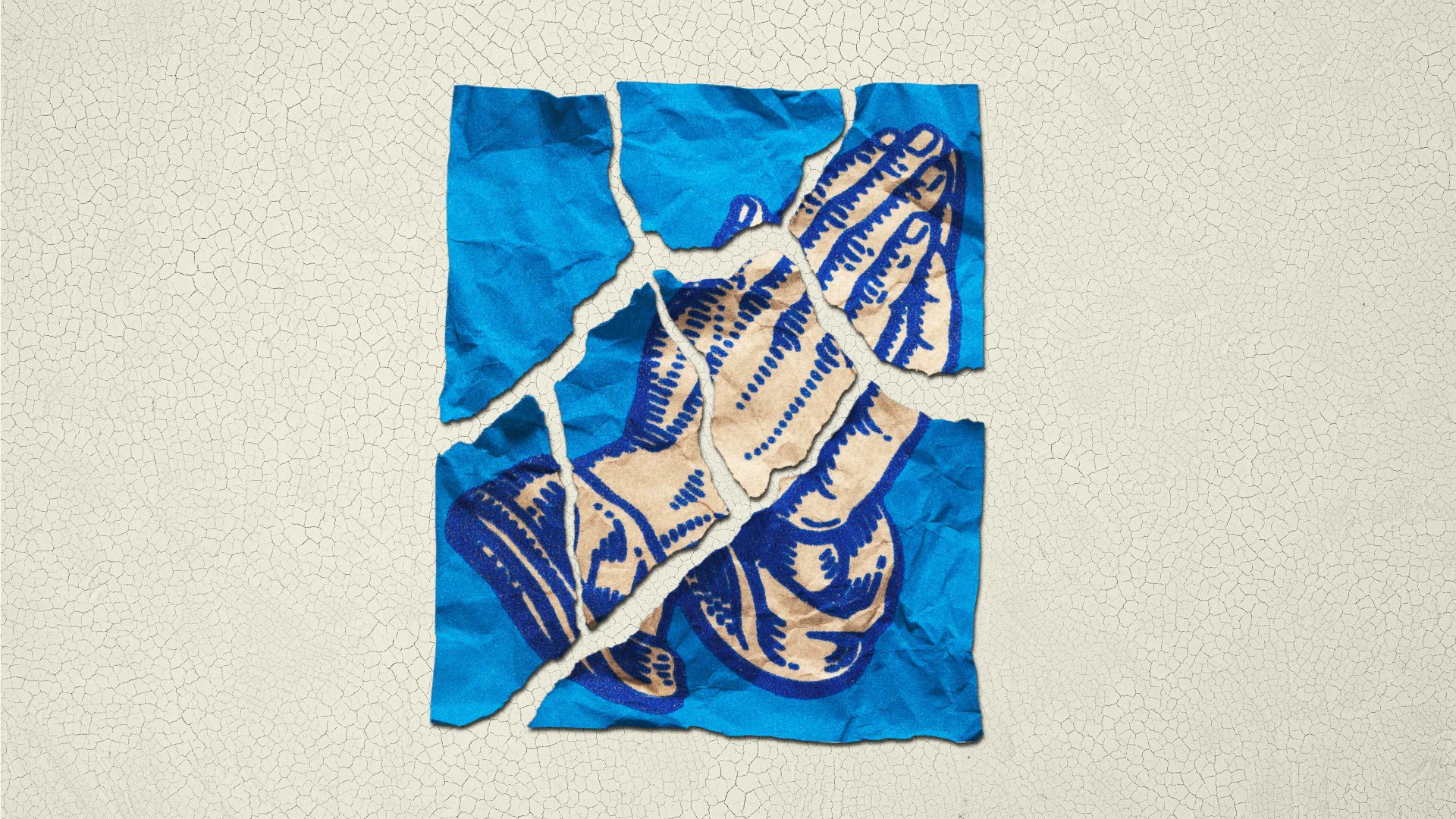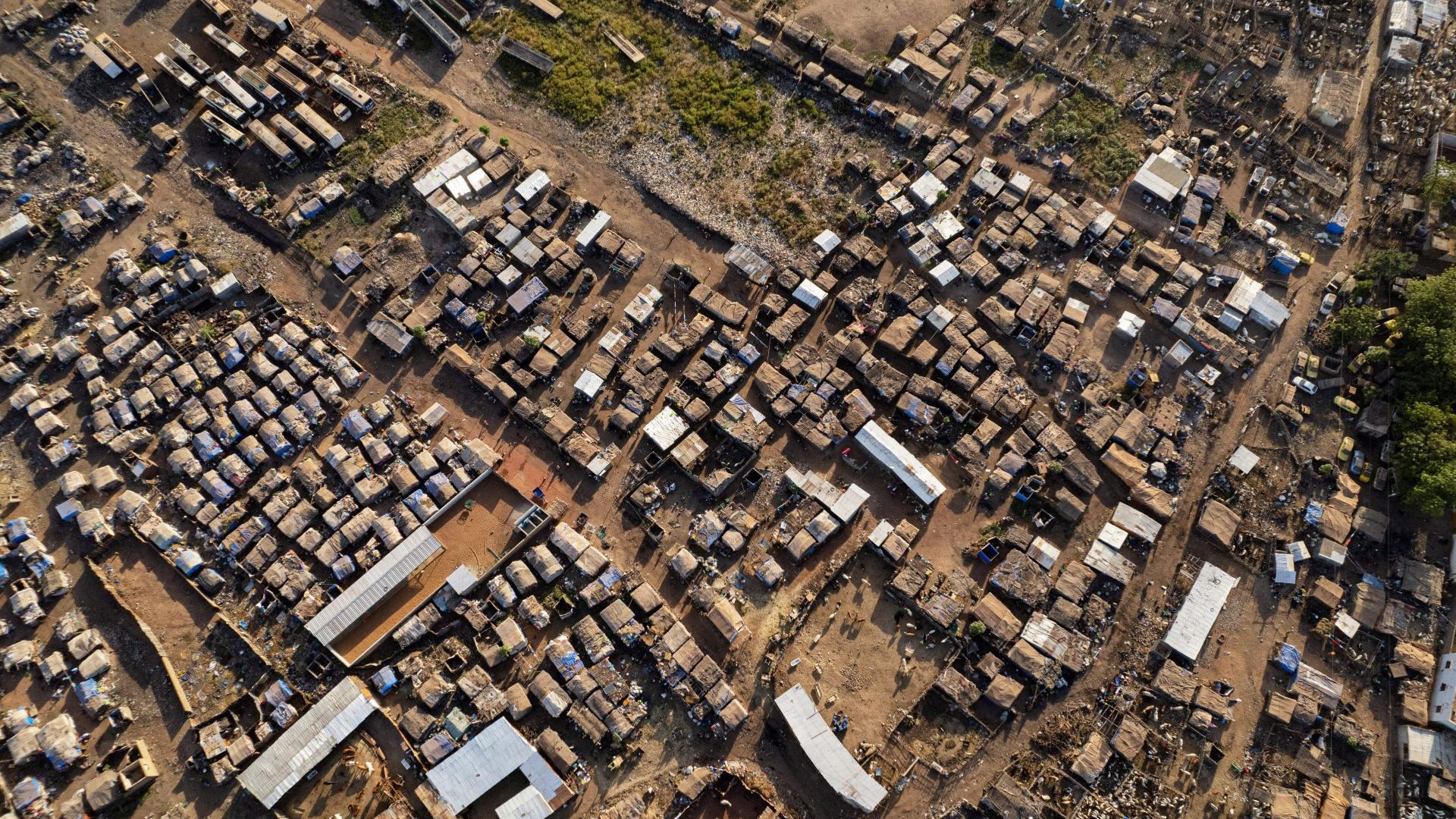UK £6.3bn
The UK has much to be proud of in its response to the invasion of Ukraine – with a total of £3.6bn pledged in total military aid by the end of last year, it is the second-largest donor of weapons, military equipment and financial aid for a military purpose behind the US, which has given £20.2bn. More is to come; Downing Street last month announced that it would send a squadron of 14 Challenger 2 tanks to Ukraine “in the coming weeks”. Around 30 AS90s, which are large, self-propelled guns operated by five gunners, will also be provided and Rishi Sunak says he will at least match last year’s total spend.
France £1.3bn
President Macron announced last month that France would be sending a number of AMX-10 RC tanks to Ukraine in an effort to expand its military aid. These are very mobile, reconnaissance-fire vehicles which were put into service in the 1980s and used during the Gulf war, in Kosovo and the Sahel. According to their defence ministry, France had 247 of these tanks in 2019, although it is currently unclear how many will be sent to Ukraine. France delivered rocket launchers and Crotale missile batteries at the end of last year, yet its total spend on Ukraine when military, humanitarian and financial aid were taken together was only £1.25bn – although more French funds have headed to Kyiv via the EU.
Germany £5.5bn
After a much-vaunted declaration of a ‘Zeitenwende’ by Chancellor Scholz was followed by months of inertia on Ukraine, Germany finally said last month it would be sending 14 Leopard 2 tanks, along with giving the go-ahead to a number of other European countries who want to send their own German-made models. German assistance had previously included Iris-T SLM missiles, three mobile mine-clearing systems, 40 laser target designators, 10 mobile antenna mast systems and, most infamously, the 5,000 helmets that former defence minister Christine Lambrecht boasted about, and which contributed to her losing her job. In terms of total aid, Germany pledged £4.8bn last year; behind the UK’s total £6.3bn, but not including German contributions via the EU
Italy £590m
Italy recently confirmed it was ready to supply Ukraine with its Samp-T air defence system, an anti-missile system designed to tackle cruise missiles, but more broadly its approach to arming Kyiv has been a victim of tensions within Giorgia Meloni’s right-wing coalition. Although at the start of the year Meloni reaffirmed her government’s “full support” to President Zelensky, wider decisions on sending fresh supplies are facing resistance from her allies Matteo Salvini and Silvio Berlusconi, both of whom have long-standing ties to Moscow. Yet in terms of bilateral commitments and their share of EU funding, Italy has given more to Ukraine than any nation other than the US, Germany, France and the UK.
Poland £2.6bn
In per capita terms Poland has been one of the strongest providers of military support to Ukraine outside of the Baltic States, estimated to reach at least 0.6% of its GDP. The country has supplied tanks, infantry fighting vehicles and self-propelled artillery, among much else, offered its airfields to serve as distribution hubs of foreign military aid (the majority of weapons transfers are made through southern Poland), and was one of the loudest voices in pressing Berlin to deliver German-made Leopard 2 tanks and allow others to do so.
EU £30.9bn
When military, humanitarian and financial aid is taken together, EU countries and institutions are now the largest total supporter of Ukraine, with a financial support package of £15.9bn agreed towards the end of last year taking their total pledges to £45.9bn. The USA has pledged a total of £42.4bn. £30.9bn is coming directly from EU institutions and the rest from individual countries.
Netherlands £750m
Prime minister Mark Rutte last month announced his government would send a Patriot missile defence system to Ukraine following talks with President Biden, although was later more vague, saying the Netherlands would “join” the US and German efforts on Patriot. The Dutch military has four Patriot systems, one of which is not in service, according to the defence ministry. The government says since the start of the war it has given Ukraine arms, ammunition and equipment worth more than £210m.
Lithuania £230m
Understandably alert to Russian territorial aggression, Lithuania has been firm in its support for Ukraine, with £199m on military aid alone – before humanitarian and financial commitments – making it the third-highest in the world in terms of percentage of GDP. Defence minister Arvydas Anušauskas announced last month that Lithuania would hand over a further two Soviet-era Mi-8 helicopters and L70 anti-aircraft guns, acquired from Sweden in 2000. Prime minister Ingrida Šimonytė has previously called for the US or a European country to arm Ukraine with long-range missiles.
Latvia £280m
Similarly wary of Russian intentions in its orbit, Latvia’s defence minister Inara Murniece announced a new package of military aid to Ukraine last month, including Stinger anti-aircraft missile systems, helicopters, machine guns with ammunition, and unmanned aerial vehicles. Since the invasion began the Latvian government has provided military assistance to Ukraine worth €300m and in terms of a percentage of its GDP, Latvia has offered more (1.1%) than any other country in the world, bar Estonia (1.3%).



